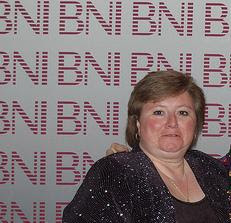What is Goods and Services Tax?
The Goods and Services Tax (GST) is a tax we have to pay every time we buy goods or services. In this system, the consumer pays the final tax but an efficient input tax credit system ensures that there is no cascading of taxes — tax on tax paid on inputs that go into manufacture of goods. Put simply, GST is levied only on the value-added at every stage of production. The price of any input going into production will have a cost and a tax component. The system ensure that when the final tax is calculated, the tax paid on input is taken out and the tax is levied only on the cost of the good produced. It is therefore, also known as value added tax in some countries and trade blocks.
Why is it considered a better system than the current one?
Currently there are a multiple of indirect taxes -- central taxes such as excise duty, service tax, countervailing duty, special additional duty on customs, all cesses and surcharges and state taxes including value added tax(VAT), sales tax, entertainment tax, luxury tax, tax on lottery, betting and gambling, entry tax and state cesses and surcharges. This would cause an effective tax rate to be high and the differences across states fragments the national market along state boundaries. GST will replace all these taxes with a simple levy, lowering effective tax on goods and creating a national market in goods and services.
What is the GST model India plans to adopt?
Most countries have a unified GST system. India, however, has opted for a dual GST system prevalent in Brazil and Canada. Under the dual GST model, both the centre and states, have the right to levy and collect tax on the sale of goods. Consultations are on between the centre and the state government through the empowered committee of state finance ministers to finalize the detailed structural framework of the tax.
What will be the GST rate?
There is no decision yet on the rate structure of GST. A task force set up by the Thirteenth Finance Commission that gave its report recently recommended a rate of 12%. States, however, have said they will not settle for a rate less than 15%. Internal studies carried out by the centre and various states point to rate of 14-16%. At present, the talks have veered around to the view that there should be two slabs-- one lower or floor rate for essential items and another higher or effective rate for most items. There will also be an exempted list of items and a lower rate of 1% for precious metals such as gold, platinum, silver.
As always if you have any questions or comments please email me at rondazaragoza@gmail.com.
Thursday, December 31, 2009
The government is making frantic attempts to roll out a comprehensive goods and services tax
Labels:
Sales Taxes
Subscribe to:
Post Comments (Atom)






No comments:
Post a Comment